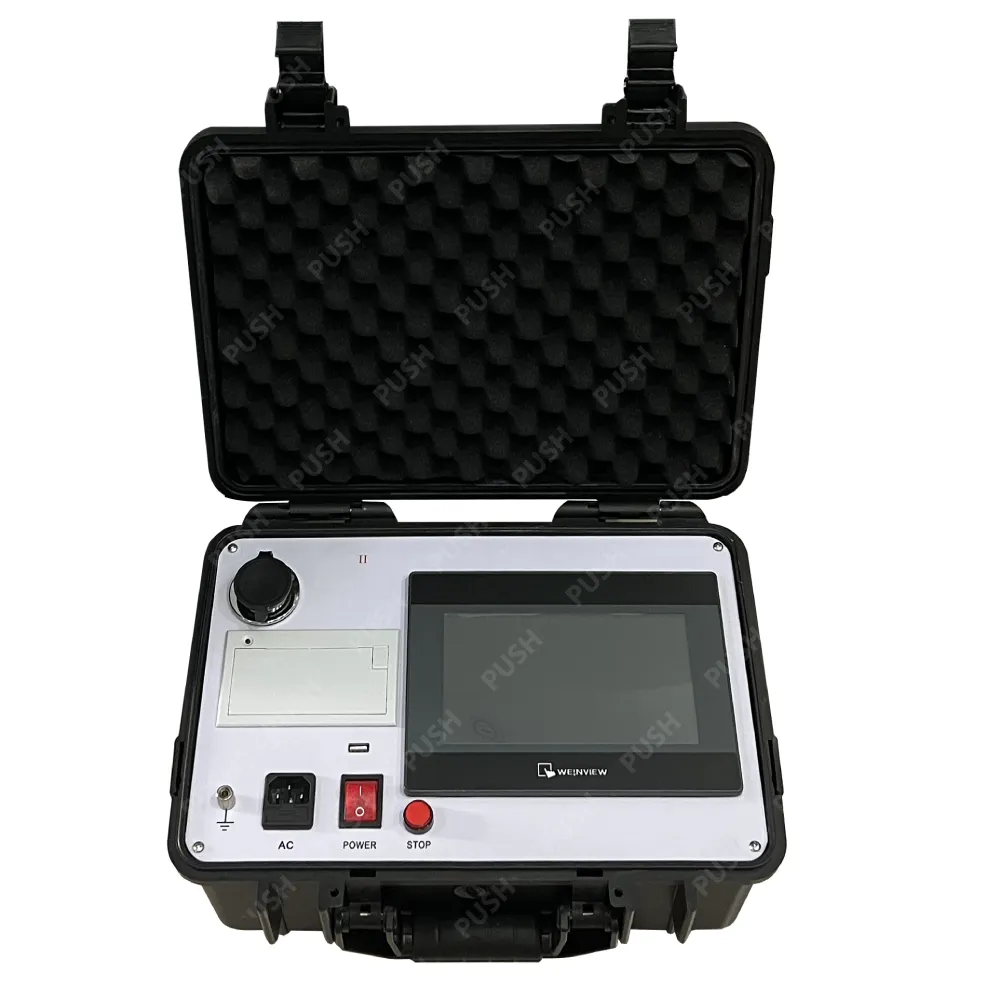 English
English


Automated Titration System for Precise Chemical Analysis and Laboratory Efficiency
Understanding the Role of Titration Machines in Analytical Chemistry
Titration, a fundamental technique in analytical chemistry, involves the precise addition of a solution of known concentration (the titrant) to a solution of unknown concentration until a reaction is completed. This process not only establishes the concentration of substances but also serves as a critical quality control measure in various industries, including pharmaceuticals, food and beverages, and environmental testing. With advancements in technology, titration machines have emerged as sophisticated tools that enhance the accuracy, efficiency, and reproducibility of titrations.
One of the primary advantages of using a titration machine is the automation of the titration process. Traditional manual titration, while effective, is prone to human error due to factors such as inconsistent timing and variations in the titrant addition rate. Automated titration systems mitigate these issues by allowing for controlled and consistent delivery of titrant. This automation is crucial, especially in high-throughput laboratories where numerous samples require analysis in a limited time frame.
Titration machines come equipped with advanced features that enhance their usability. These devices often include programmable settings that allow chemists to customize titration protocols according to specific needs. For instance, users can set the endpoint detection methods, titration speed, and volume thresholds. Many machines utilize infrared sensors, pH meters, or conductivity probes to detect the endpoint of the titration, ensuring that titrations are concluded at the precise moment necessary.
titration machine

Another significant benefit of titration machines is their data management capabilities. Modern titration systems can store and process large amounts of data, allowing for greater traceability and compliance with regulatory standards. Data can be logged automatically, providing a detailed record of each titration run, including parameters such as sample ID, operator, and conditions. This feature is particularly important in regulated industries like pharmaceuticals, where documentation of analytical processes is critical to ensuring product safety and efficacy.
Moreover, the integration of titration machines with laboratory information management systems (LIMS) allows for seamless data sharing and analysis. This capability enhances laboratory workflows, enabling scientists to quickly analyze trends and make informed decisions based on reliable data. Overall, the efficiency and accuracy provided by titration machines not only improve laboratory productivity but also contribute to elevated standards of quality control.
In addition to efficiency and accuracy, titration machines help reduce the costs associated with chemical analysis. By minimizing the volume of reagents needed and reducing the frequency of re-runs due to human error, laboratories can optimize resource allocation while maintaining high standards of precision. Furthermore, the time saved through automated processes allows laboratory personnel to focus on other critical tasks, ultimately enhancing overall productivity.
In conclusion, titration machines represent a significant advancement in analytical chemistry, streamlining the titration process while ensuring accuracy and reproducibility. The move towards automation in this field is not merely a technological advancement but a necessary evolution to meet the demands of modern science. As industries increasingly rely on precise analytical data, the importance of titration machines will continue to grow, shaping the future of laboratory practices. Embracing these tools enables chemists and researchers to enhance their analytical capabilities, ensuring that they remain at the forefront of scientific innovation.
-
Differences between open cup flash point tester and closed cup flash point testerNewsOct.31,2024
-
The Reliable Load Tap ChangerNewsOct.23,2024
-
The Essential Guide to Hipot TestersNewsOct.23,2024
-
The Digital Insulation TesterNewsOct.23,2024
-
The Best Earth Loop Impedance Tester for SaleNewsOct.23,2024
-
Tan Delta Tester--The Essential Tool for Electrical Insulation TestingNewsOct.23,2024





